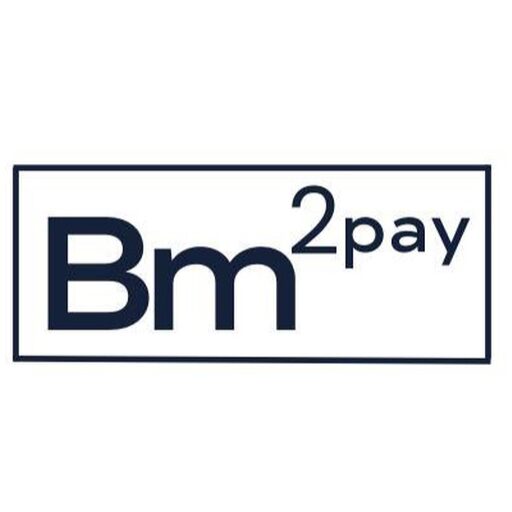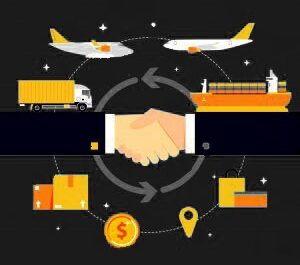5 Payment Predictions for 2019
The payments industry is highly dynamic and continuously disruptive. There is a common consensus on that. Looking back over the last couple of years, we have witnessed some dramatic developments: Veteran financial institutions are being forced to open their systems and alter their services to keep up with ongoing payment changes and demand for instant payments. New players are replacing traditional payment entities with rapid processing capabilities.
Here are some of the evolving trends that can we expect to see in the payment industry during the coming year:
Collaboration between banks, payment processors and other third-party payment providers
PSD2 European regulation, increasing competition and customer demand for personalized services have all induced banks to open their APIs to third-party payment processing players. While such regulation does not currently exist in the US and other areas, the model of open systems is expected to spread to other countries.
Expected benefits:
Increased competition, as well as greater cooperation between banks and third-party providers, will spur the development of a wider and less costly range of services for retailers and consumers.
With more than 60% of Millennial and Gen Z customers willing to share their bank account credentials with third parties, instant customer service will become a payment norm. Mobile apps will serve as the main user medium.
New collaborations among key players in the global payments industry, such as credit card companies, payment processing companies, fintech innovators, fraud detectors and others, are expected to lower the costs of cross-border transactions.
Increased adoption of blockchain
Blockchain technology will enable the creation of an international clearinghouse which would eliminate dependency on correspondent banks and other intermediaries in global transactions.
Expected benefits:
Distributed ledger technology will enable cross-border payments to become both more efficient, faster and less expensive for the retailer and end customer.
Blockchain technology stands to mitigate risk, facilitate the reconciliation process, and automate compliance issues.
Machine learning to combat fraud
The increased use of mobile phone apps for online banking, payments and other financial dealings has made the need for augmented security measures imperative. Traditional authentication methods like passwords and security questions can no longer meet the current sophisticated wave of cyberattacks. Machine learning is now being employed to ensure robust authentication capabilities.
Expected benefits:
By using behavioral biometrics, machine learning enables the study of many aspects of a user’s actions, from device swiping to typing cadence. These inherent behavioral patterns are impossible to replicate and are analyzed continuously in the background by a smart platform. As a result, the user experience remains both frictionless and highly secure.
Banks can use machine learning to monitor their processing systems for threats, examine previous cyber attacks and establish control centers to identify anomalies.
Automated IoT payments
While the Internet of Things (IoT) is still in the development stages, it is expected to significantly impact not only the vehicular industry and city planning but also payments. Consumer demand for smart payments for various home services and products is driving the development of automated payment processes embedded in appliances.
Expected benefits:
Refrigerators can now compile a shopping list, do your shopping, order pizza and independently perform payments. Smart washers note when you’re low on detergent, automatically place replenishment orders, and make payments. Smart home appliances ensure an ideal customer experience.
With voice-controlled assistants like Google Home and Amazon’s Alexa, users can make a voice purchase request based on payment card and shipping information already on file. This payment mode transforms the old payment paradigm by eliminating the need for a mobile phone or the use of any kind of payment card.
Greater use of insightful data
Both banks and merchants accumulate large amounts of data about customers. Smart data can offer predictive analytics, fraud modelling, real-time business offerings, and more.
Opportunities for new services can be explored based on real-time predictive insights. By examining existing online banking patterns, payment entities can provide new products to meet evolving needs.
Smart data enables merchants to understand current customer behavior and develop personalized offers and customized consumer journeys to develop one-on-one relationships and inspire loyalty.
Breaking Down Barriers
Evolving global payment dynamics are forcing financial players such as banks, payment service providers, fintech innovators and payment processors to consolidate, assume new roles, and collaborate with new bedfellows in order to survive. It will be interesting to see how it all pans out.





